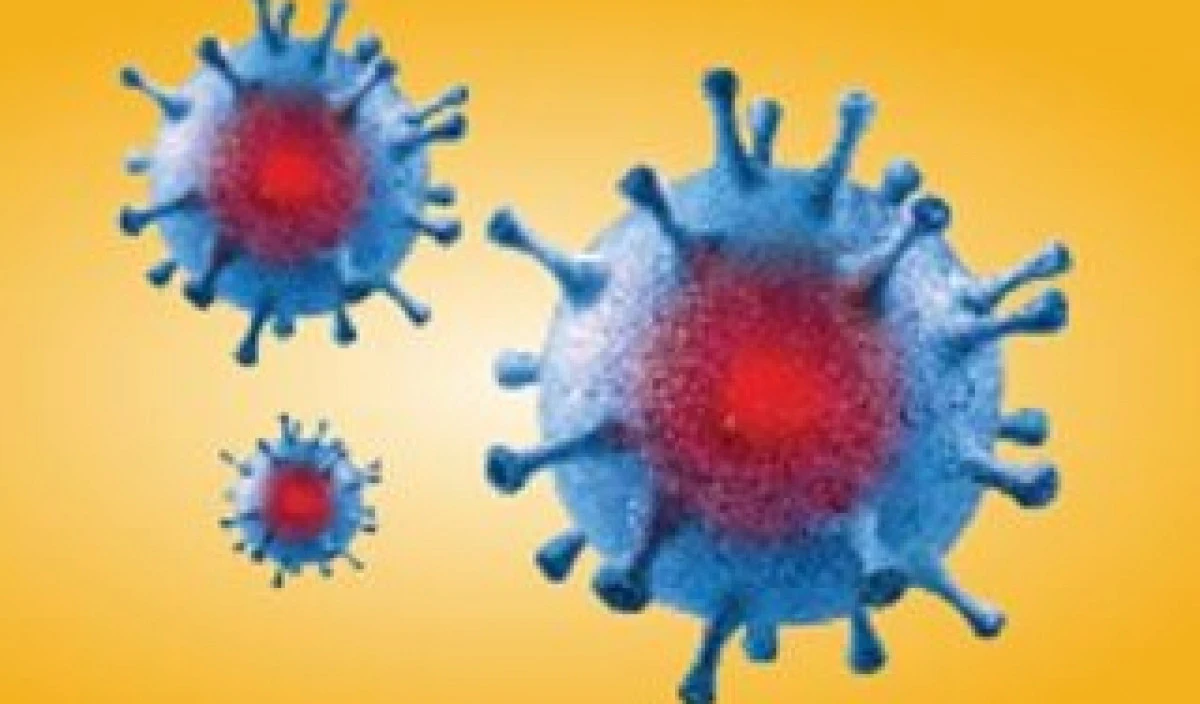Solve problems in and around your home.
Start Problem Solver

Viruses are the cause of many diseases. Virus particles can enter the cells of living organisms and where they utilise the replication machinery of the cell to multiply.
A virus is a short piece of DNA (double stranded deoxyribonucleic acid) or RNA (single stranded ribonucleic acid) that codes for a few genes, it is often enclosed in a capsule that protects the nucleic acids. They are invisible to the naked eye and can only be seen with very powerful microscopes.
Within living cells of organisms (animals, plants, bacteria, fungi and archea) they hijack the cell's growth machinery and induce it to make copies of the virus. They viruses then break out of the cell and spread to others (other cells or other organisms. Viruses can remain viable for hours on some surfaces.
Most viruses can be removed from surfaces or destroyed with cleaners and sanitisers. The enclosing capsule of the coronaviruses are easily disrupted by soaps, alcohol and heat.
To sanitise surface to get rid of viral contamination:
On hands and contaminated skin bacteria can be washed off and skin sanitised.

NO Germs Hand Sanitiser leaves hands clean, smooth and free of germs. Ideal for use around the home, workplace a…